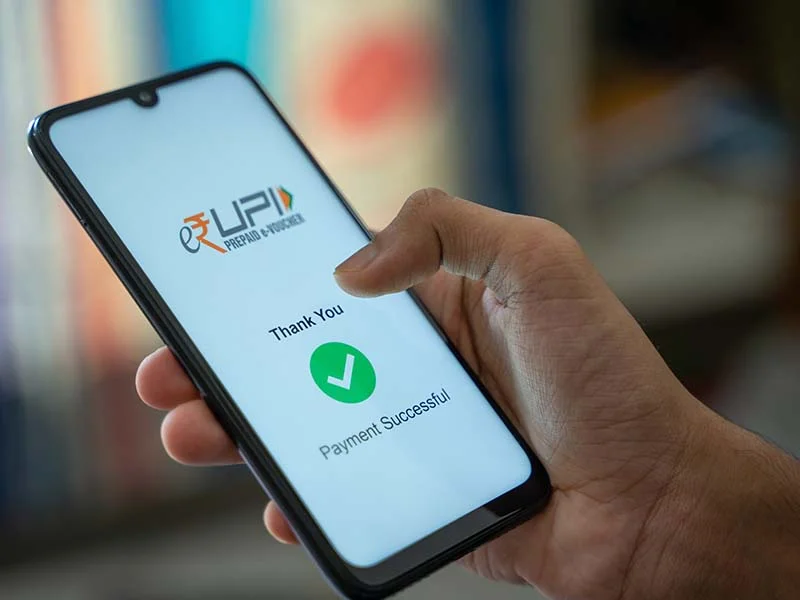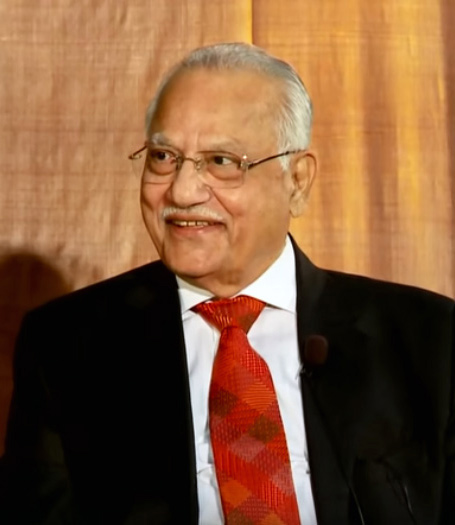UPI or Unified Payments Interface Payments System is undoubtedly an Indian innovation that has begun its march towards global dominance.
UPI’s contribution to India’s growth can easily be traced by the PM’s statement at the BRICS Business Forum Leaders’ Dialogue in Johannesburg, South Africa on August 22, 2023. PM Narendra Modi stated that “UPI is used at all levels from street vendors to large shopping malls. Today, among all countries in the world, India is the country with the highest digital transaction.”
Other Nations Enlist in India’s UPI Juggernaut
It is crucial to provide some business context for the factors driving UPI’s expansion into the three nations. France, the United Arab Emirates and Sri Lanka will now accept transactions via India’s home-grown digital payments technology.
UPI’s arrival in France is noteworthy since this will allow the technology to establish itself in Europe. France is a major tourist destination for the Indians. In addition, the country is also a significant trading destination for small and medium-sized firms in India, which would probably gain from the implementation of UPI.
With respect to Sri Lanka and the UAE, UPI’s entry would enhance India’s commercial connection with these two countries. Sri Lanka is India’s largest trading partner, with a total trade of about $5.5 billion. On the other side, the trade relationship between India and the UAE is also strong, particularly since the Comprehensive Economic Partnership Agreement took effect last year. Therefore, you can conclude that the UPI framework will facilitate cross-border trade, and guarantee quick and secure payments between international trading partners.
According to a joint report by market research firm WorldPay, digital wallets will surpass credit cards as India’s primary payment method by 2020. Even the value of online financial transactions in India increased by 10.5 per cent between December 2019 and December 2020. UPI-based digital transactions have also increased in volume and value by 110% and 109%, respectively. The highest transaction value ever for UPI was Rs5.3 trillion at the end of 2021. According to the most recent RBI data, the value of UPI transactions scaled from INR 2,162 billion to INR 3,290 billion between January 2020 and September 2020.
The success story of UPI
India’s digital payments environment was fundamentally altered by the 2016 demonetisation drive. The total number of transactions on UPI increased from 2.9 million to 72 million in less than six months after the phase-out of the Rs. 500 and Rs. 1000 notes.
At the end of 2017, UPI transactions had increased by 900% as compared to the previous year.
It is also noteworthy that in 2016–17, low-cost data packs were introduced. India had the third-cheapest internet in the world. Some of the inexpensive data packs were introduced in 2016-17. All these factors above contributed to the spread of UPI payments outside of India’s Tier I cities.
UPI: The future and challenges
UPI’s growth seems extremely promising in the near future. For instance, Indians have spent 10 million dollars on international travel (between April 2022- December 2022) via digital payments.
According to PwC research, UPI could account for over 90% of all retail digital payment transactions over the course of the next five years, as it spreads to rural areas and tier III and IV cities. UPI, which accounts for 75% of digital transactions in India is expected to double by the year 2026.
Therefore, keeping in mind, the significant amount of international spending, the internationalisation of UPI can significantly aid the growth of the Indian economy. While UPI would establish itself in the Western economy, it is expected to face tough competition from other payment platforms like Visa and MasterCard. The main hurdles for UPI will be adhering to numerous digital regulations and the requirement for interoperability between multiple payment systems. Hence, UPI might be required to modify its technology accordingly, to serve the broader consumer in the Western globe.




